Heliothis viriplaca
(Hufnagel, 1766)
-
 Subfamily: Heliothinae
Subfamily: Heliothinae -
 Wingspan: 25-32 mm
Wingspan: 25-32 mm -
 Flight period: Apr - Sep
Flight period: Apr - Sep -
 Spread: Common
Spread: Common -
 Host plants: Polyphagous
Host plants: Polyphagous
Information
The Heliothis viriplaca also called Marbled Clover is a moth of the Noctuidae family, subfamily Heliothinae,
with wingspan of 25-32 mm.
Widespread throughout Europe with the exception of Iceland and Ireland. *
Its range extends to the Palearctic ecozone in Central Asia, Japan, Korea and Sakhalin.
In Italy it is present in Sicily and not in Sardinia. *
The base color of the front wings of Heliothis viriplaca is ocher-gray, slightly greenish,
the hue of the median area is shaded in a rather dark brown. It has a rather clear subterminal line, preceded by a darker band.
The hind wings are ocher-whitish, towards the base suffused with blackish with a large discal spot, and a terminal band including a whitish / ochraceous spot.
Head and thorax are in the basic color of the front wings, the abdomen is slightly darker and they are all covered by a thick down. **
They fly from April to October in two or three generations depending on the location. ***
Mainly diurnal, but it flies also at night, it can be observed sucking on flowers such as Echium vulgare in warm grassland environments ***; is attracted to artificial light sources.
Easy to confuse, especially in coastal areas with the congener Heliotis maritima , the Heliothis viriplaca differs from Heliotis maritima
mainly in the different dark pattern of the front wings. ***
Its presence has been recorded in limestone habitats, flowery meadows and at the edge of the woods. It overwinters at the pupa stage in the earth.
The larva varies in color from green to brown / purplish, has a dorsal line with darker edges and whitish subdorsal lines, with dark edges in the lower part;
in the mature stages it has very dark green / blackish tubercles; green, pink or yellowish head, dotted with brown. **
The pupae are brown with brown / greenish hues with two enlarged and pointed appendages on the cremaster.
The pupation takes place in a silky cocoon in the ground.
The caterpillar is polyphagous and among the various plants it feeds on are Crepis, Trifolium, Silene, Ononis and Centaurea. It has been reported on the following families: Apiaceae,
Asteraceae, Caryophyllaceae, Fabaceae, Polygonaceae and Ranunculaceae
* Lepidoptera mundi https://lepidoptera.eu/ - Fauna Europea https://fauna-eu.org/
** Bestimmungshilfe für die in Europa nachgewiesenen Schmetterlingsarten - http://lepiforum.de/
*** Roland Robineau, Guide de papillons nocturne de France, Delachaux et Niestlé, 2011 p. 119
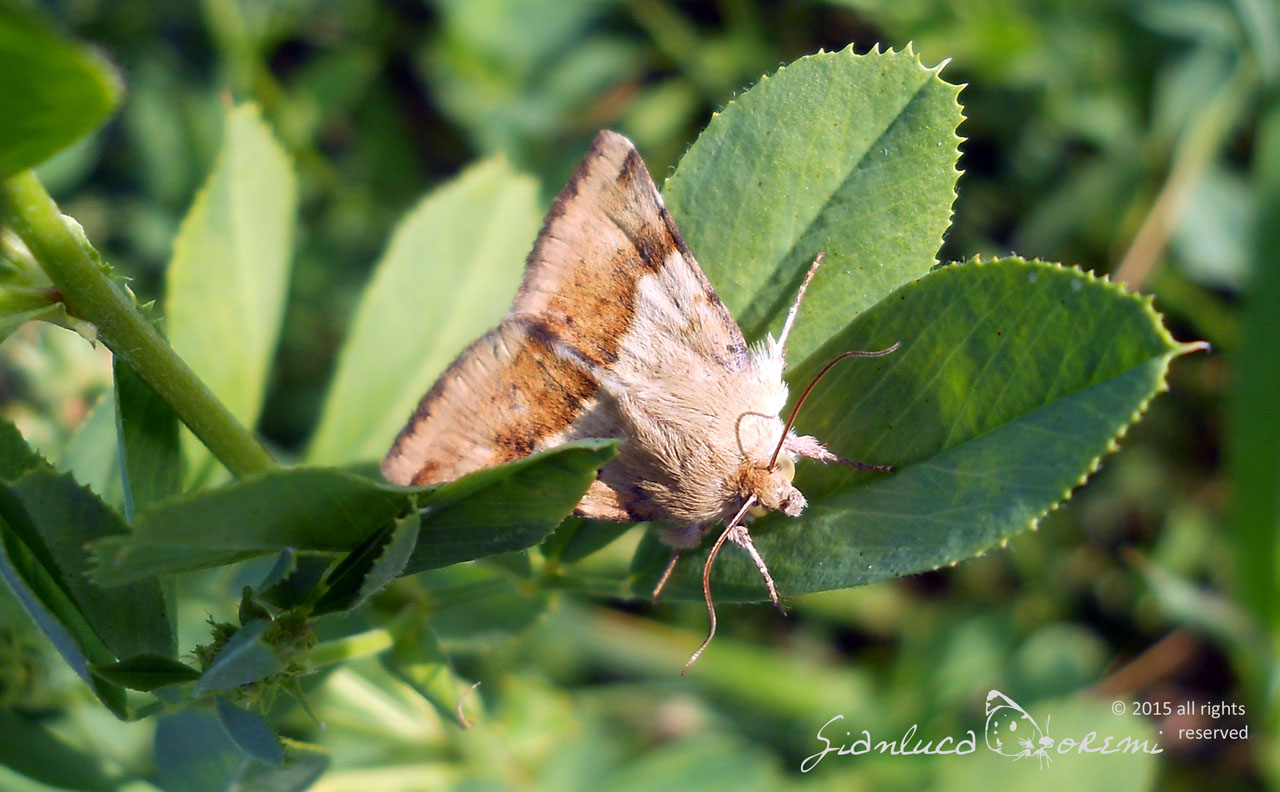
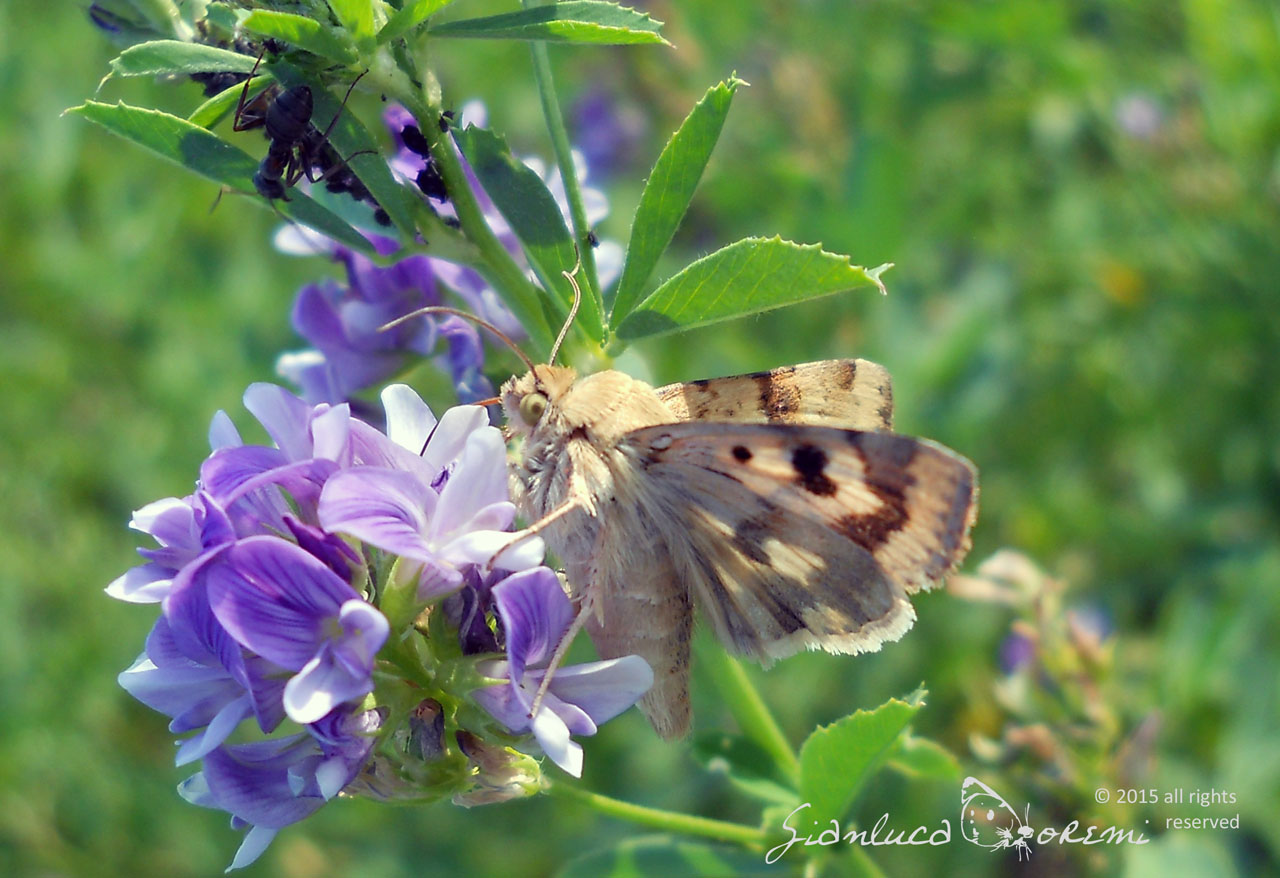

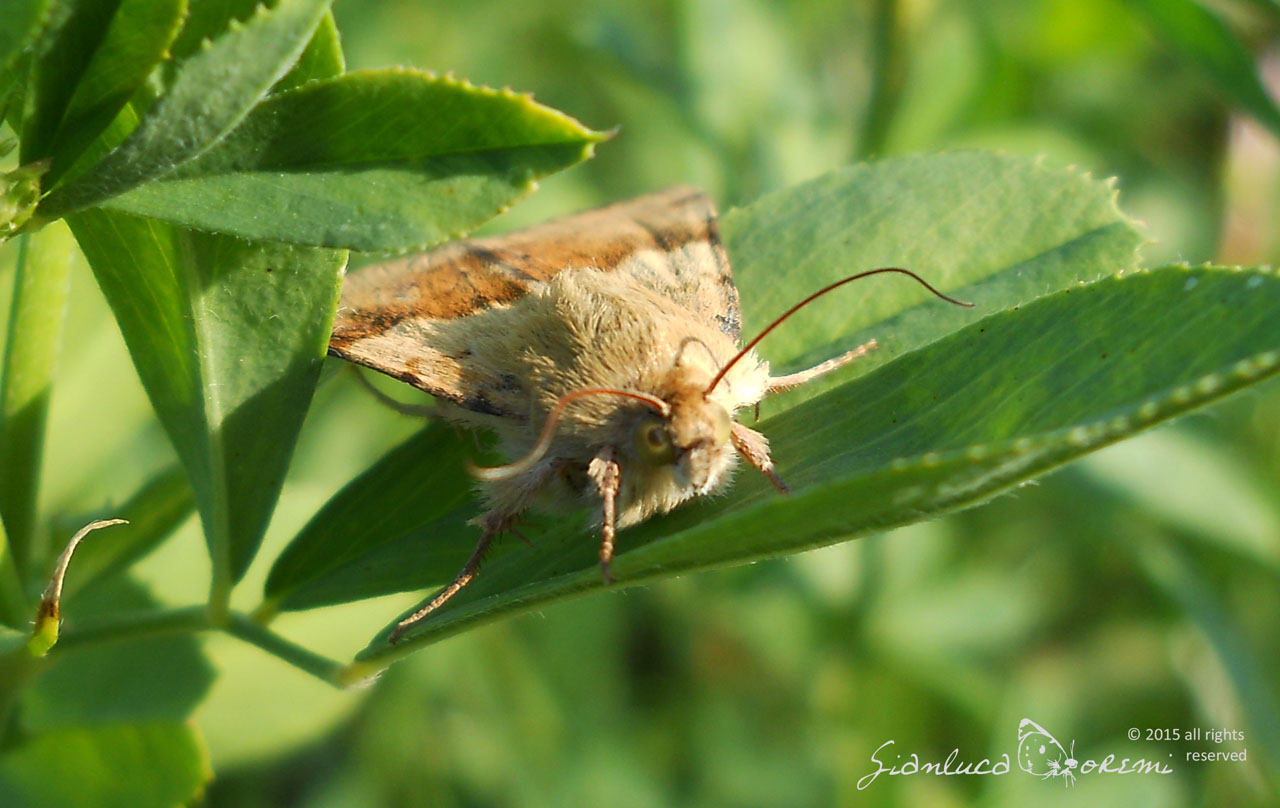
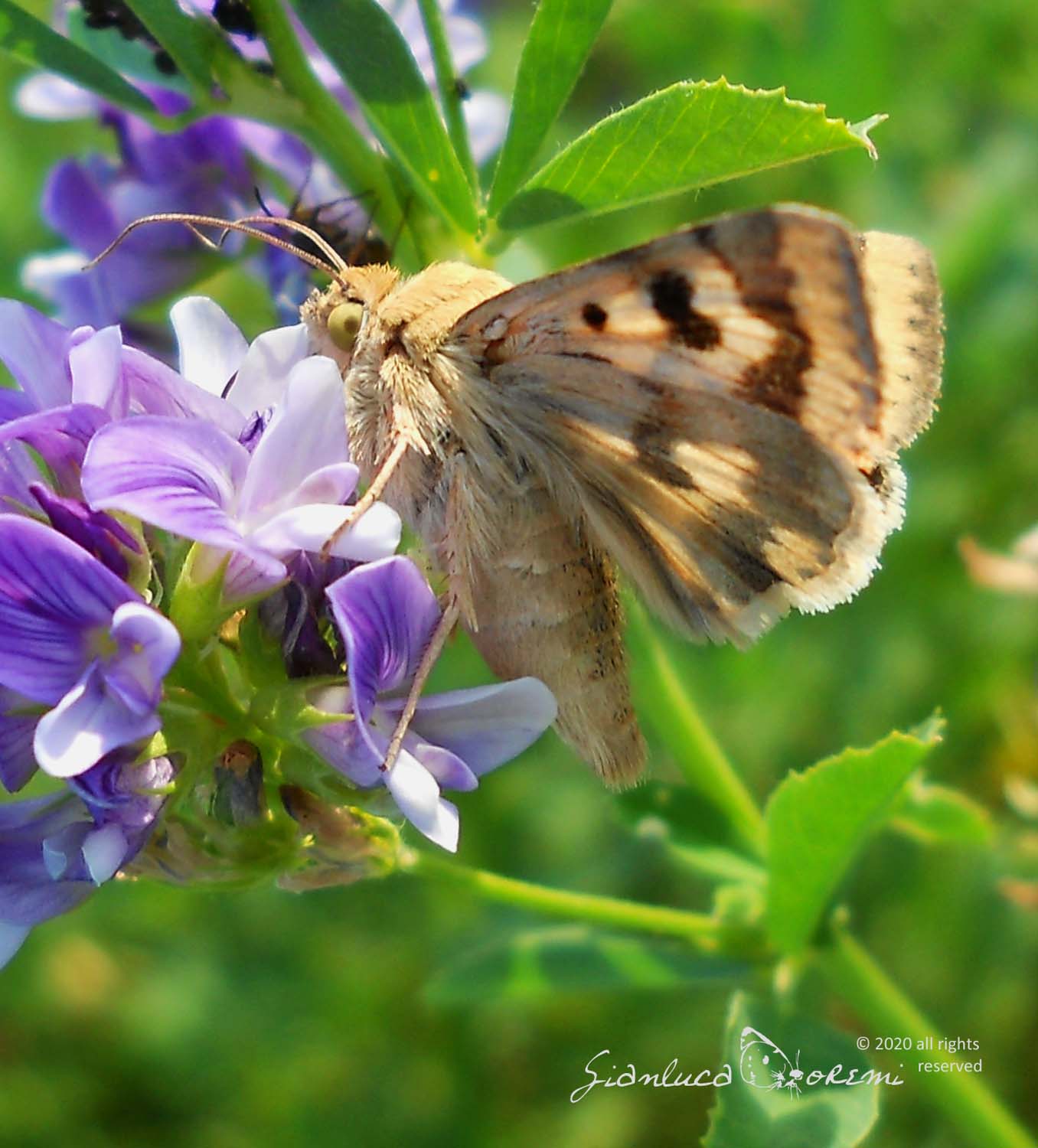
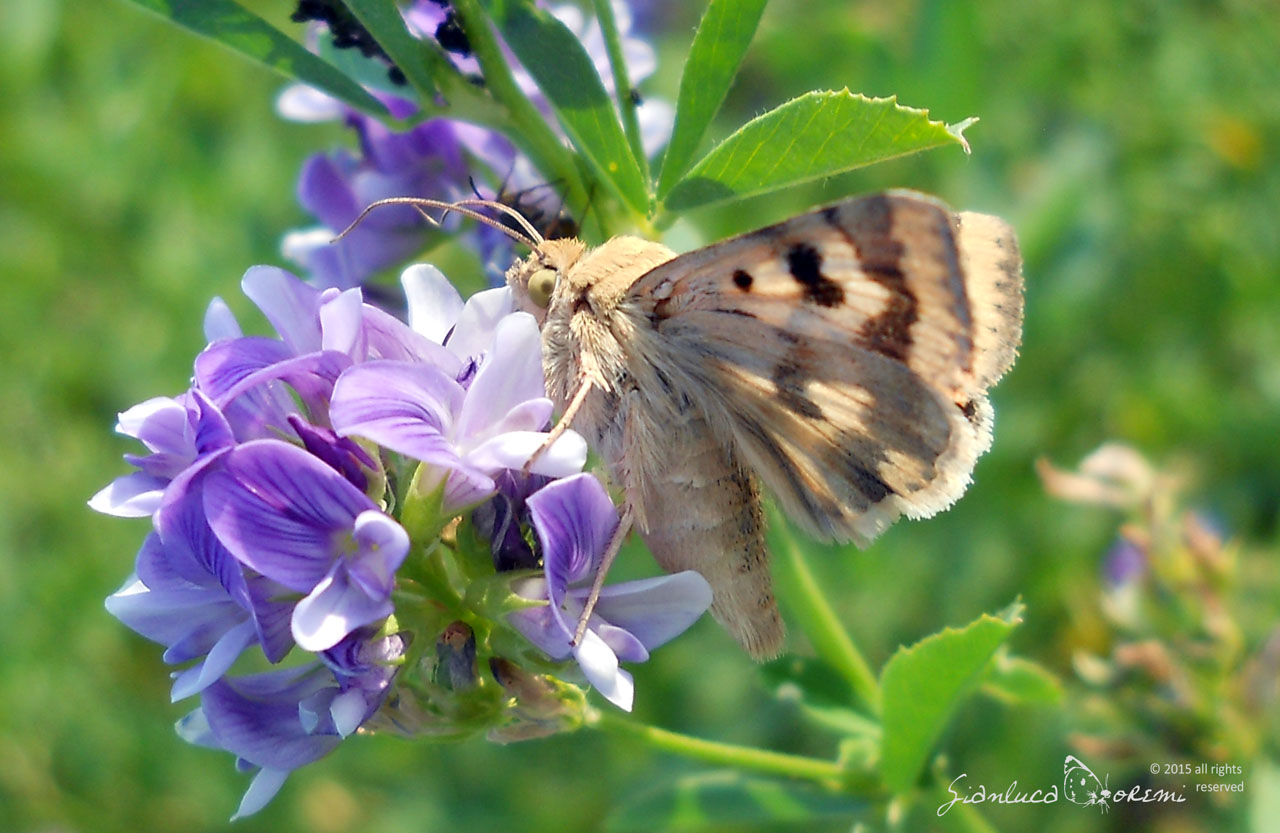
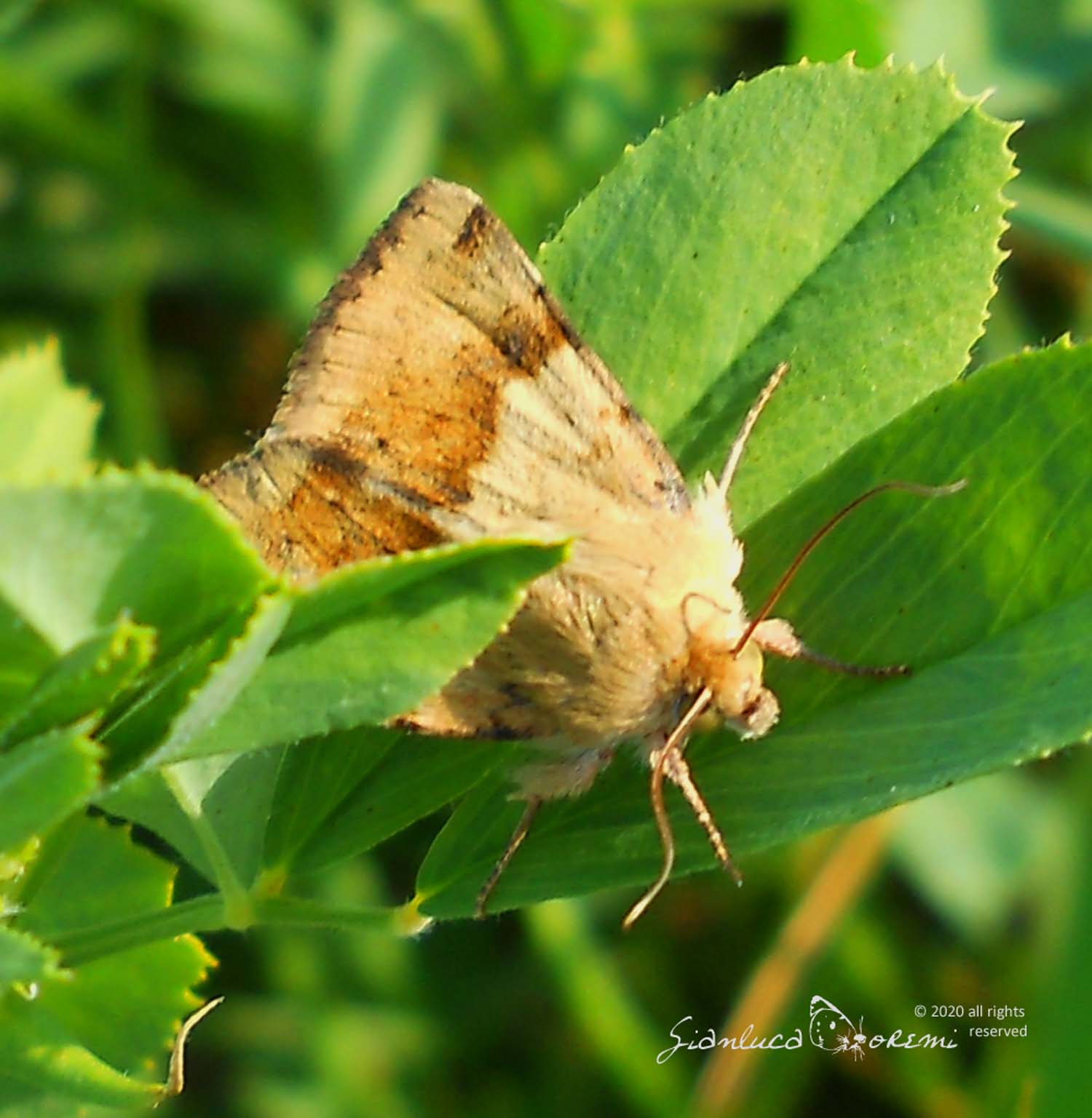

 EN
EN ITA
ITA
Social and publications